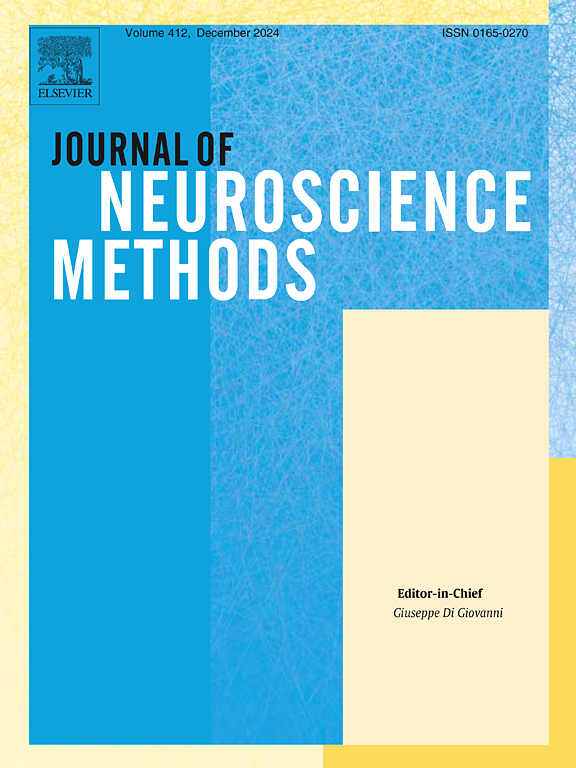Guidelines for animal models of endurance and resistance exercise
IF 2.7
4区 医学
Q2 BIOCHEMICAL RESEARCH METHODS
引用次数: 0
Abstract
Background
This mini-review details the guideline for implementing the most common exercise patterns in small laboratory rodents (mice/rats) and the advantages and disadvantages of each, in ways that are comparable to humans. Also, criteria for targeted selection and control of workload and intensity of activity are proposed in different exercise programs.
New method:
As an available and low-cost intervention in physiological, biochemical and cellular-molecular assessments, different exercise programs can be effective in the prevention/treatment of many skeletal-structural, behavioral and neurodegenerative disorders. Exercise tolerance/intolerance is an indicator of the complex function of the physiological, metabolic, neuromuscular, cardiovascular and respiratory systems, and in this sense, animal models of exercise are of interest to researchers by creating a controllable and precise environment.
Results
Considering the different species of laboratory animals and various exercise paradigms, selecting the type, intensity and duration of the program in an optimal manner is a difficult task, especially in conditions such as old age or illness, and if necessary, existing research tools and protocols should be reviewed. In fact, one of the most attractive applications of exercise models is the discovery of preventive/therapeutic strategies for many disorders, which necessitates more knowledge about exercise protocols.
Conclusions
Animal models of endurance/resistance exercise on land/water make it possible to evaluate physiological/pathological conditions. However, to obtain optimal and reproducible results in human samples, the effectiveness of anesthetic drugs, surgical procedures, and the stress caused by exercise tools and equipment must be carefully controlled.
耐力和阻力运动动物模型指南。
背景:这篇小型综述详细介绍了在小型实验室啮齿动物(小鼠/大鼠)中实施最常见运动模式的指南,以及每种运动模式的优缺点,并以与人类相当的方式进行。同时,提出了在不同运动项目中有针对性地选择和控制运动负荷和运动强度的标准。新方法:作为一种有效且低成本的生理、生化和细胞分子评估干预手段,不同的运动计划可以有效地预防/治疗许多骨骼结构、行为和神经退行性疾病。运动耐量/不耐受是生理、代谢、神经肌肉、心血管和呼吸系统复杂功能的指标,从这个意义上说,运动动物模型通过创造可控和精确的环境而引起研究人员的兴趣。结果:考虑到实验动物的不同种类和不同的运动模式,以最佳方式选择项目的类型、强度和持续时间是一项艰巨的任务,特别是在老年或疾病等条件下,必要时应对现有的研究工具和方案进行审查。事实上,运动模型最具吸引力的应用之一是发现许多疾病的预防/治疗策略,这需要更多关于运动方案的知识。结论:陆地/水上耐力/阻力运动动物模型为评价生理/病理条件提供了可能。然而,为了在人体样本中获得最佳和可重复的结果,必须仔细控制麻醉药物的有效性,外科手术程序以及运动工具和设备引起的压力。
本文章由计算机程序翻译,如有差异,请以英文原文为准。
求助全文
约1分钟内获得全文
求助全文
来源期刊

Journal of Neuroscience Methods
医学-神经科学
CiteScore
7.10
自引率
3.30%
发文量
226
审稿时长
52 days
期刊介绍:
The Journal of Neuroscience Methods publishes papers that describe new methods that are specifically for neuroscience research conducted in invertebrates, vertebrates or in man. Major methodological improvements or important refinements of established neuroscience methods are also considered for publication. The Journal''s Scope includes all aspects of contemporary neuroscience research, including anatomical, behavioural, biochemical, cellular, computational, molecular, invasive and non-invasive imaging, optogenetic, and physiological research investigations.
 求助内容:
求助内容: 应助结果提醒方式:
应助结果提醒方式:


